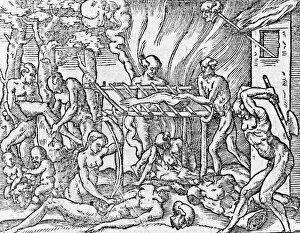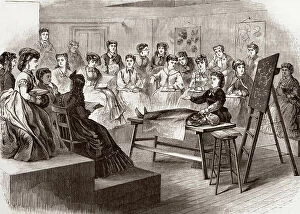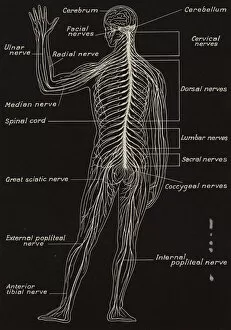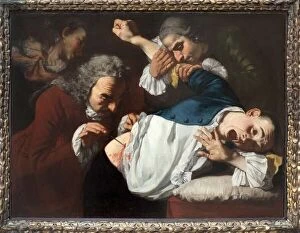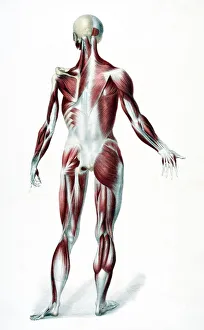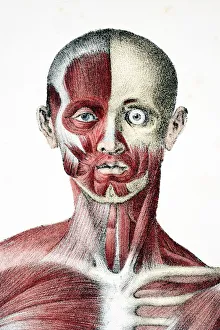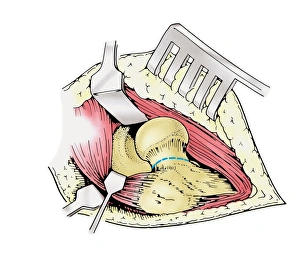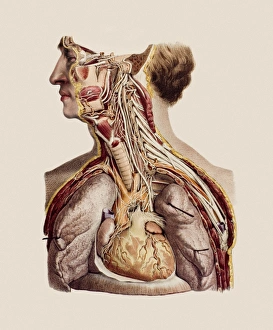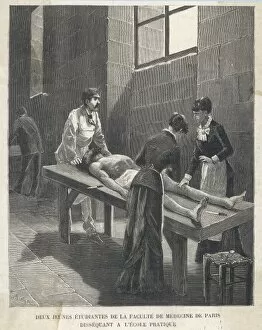"Dissecting the Past: Unveiling the Fascinating World of Anatomy and Exploration" Step into a journey through time as we delve into the captivating practice of dissecting. From South American cannibals in the 16th century to Leonardo da Vinci's meticulous drawings on human anatomy, this ancient art has shaped our understanding of ourselves. Leonardo da Vinci, renowned for his multifaceted genius, left behind detailed sketches that revealed the intricacies of muscles in the arms. His study became a cornerstone for future anatomists seeking to comprehend our physical structure. In 1754, an etching captured a significant moment in history - the dissection of a deceased member of Parliament. This macabre depiction sheds light on how dissections were not only scientific endeavors but also political statements during this era. "The Anatomy Lesson of Dr. Nicolaes Tulp, " painted by Rembrandt in 1632, immortalizes a pivotal moment when medical knowledge was shared among colleagues. The canvas portrays physicians gathered around a cadaver, unraveling mysteries hidden beneath flesh and bone. Taxidermy emerged as another form of "dissection, " preserving animals' bodies with astonishing precision. A lithograph showcases this artistry that allows us to marvel at nature's beauty long after its life has ended. The Viking Ship stands tall as an archaeological wonder discovered through meticulous excavation and analysis. Through careful examination and dissection-like scrutiny, historians unearthed secrets about seafaring civilizations from centuries ago. Exploring further down our own bodies' depths brings us face-to-face with spinal cords and nerves intricately intertwined within us all. Lithographs capture these delicate structures that enable communication between mind and body. Venturing beyond human anatomy, we encounter an engraving showcasing South America's intricate ant-hill architecture—a testament to nature's own architectural prowess dissected before our eyes. Intriguingly capturing operations performed during c.

